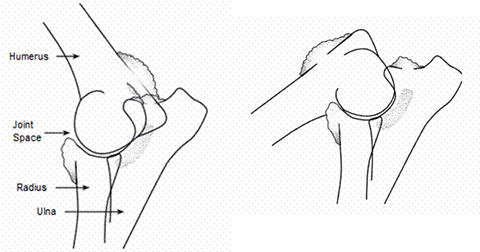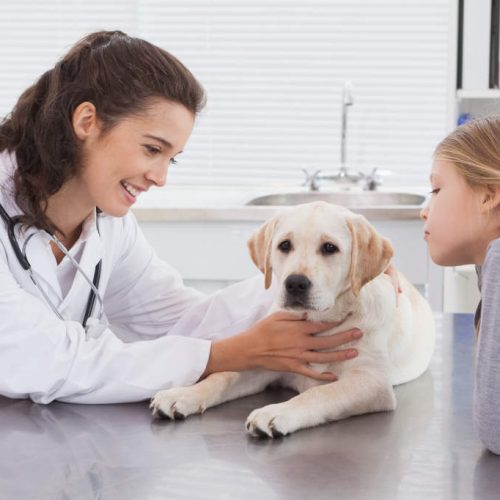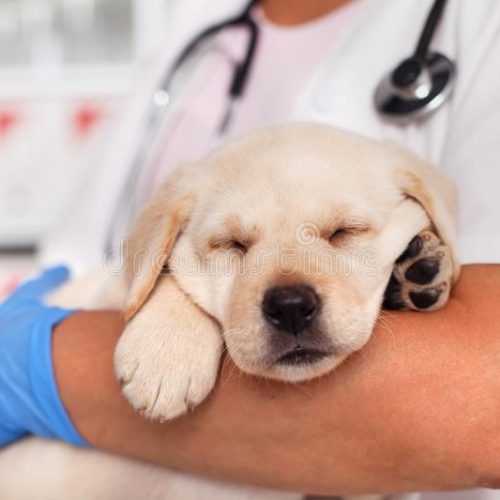While they are smart, friendly, and playful dogs that are perfect for a family, Labrador Retrievers, like all breeds, have particular vulnerabilities. Being aware of the health risks of your companion can make it easier to detect problems early and prevent them from getting worse. One common health problem in Labrador Retrievers is Elbow Dysplasia, which can be increasingly painful for your dog.
Let’s Discuss Elbow Dysplasia in Labrador Retrievers
Elbow dysplasia is a health condition that commonly develops in Labradors. It is caused by the abnormal growth of bone, tissue, or cells around the elbow. Elbow dysplasia occurs with a series of four types of developmental abnormalities in the elbow that lead to malformation, and eventually degeneration of the joints in the elbow.
A Labrador’s elbow is a crucial factor in its ability to be mobile. This intricate joint needs to work smoothly and appropriately to avoid developmental issues. Elbow dysplasia is the most common cause of pain in the elbows of Labradors and is also one of the most common causes of lameness in the forelimb. The diagnosis of elbow dysplasia comes at the young age of 4 to 18 months for dogs and continues to be degenerative throughout the dog’s life.
This conditions may affect males differently than females. Male Labradors may have a bone fragment at the inner surface of the foreleg, known as the ulna, located below the joint of the elbow. Aside from this difference in location, it affects males and females the same.
What Causes Elbow Dysplasia
Elbow dysplasia is caused by abnormal growth of the elbow area. The cartilage on the elbow can grow very thick, which then leads to it flaking off. These strong forces cause pressure on the elbow, resulting in stress fractures. Elbow dysplasia may be genetic, but it may also be due to nutritional or environmental factors. Puppies who are obese are more likely to develop elbow dysplasia.
Symptoms of Elbow Dysplasia
- Sudden onset of elbow lameness in older dogs, due to advanced degenerative joint disease
- Increasingly limited range of motion
- Forelimb lameness that increases with exercise progressing from stiffness that is shown after the dog has been resting
- Pain in the elbow during extension or flexing
- Grating of the bone and surrounding joint while in motion
- Tendency to keep the injured elbow away from the body
- Build-up of fluid in the joint
Types


Four different developmental issues can arise in a dog’s elbow joint to cause elbow dysplasia. This include:
- Ununited anconeal process
- Osteochondrosis dissecans
- Fragmented coronoid process
- Elbow incongruency
Three bones conjoin to create the elbow of a dog. These bones are the ulna, the radius, and the humerus. Together, these bones are meant to grow together to make a perfect connection to form the joint.
When the bony protuberance in the elbow detaches from the ulna, an ununited anconeal process occurs, causing joint pain and degeneration.
Osteochondritis dissicans happens when a piece of cartilage separates from the surface of the joint, which creates pain and inflammation. Once the swelling has gone down, the condition the Labrador is left with is referred to as osteochondrosis dissicans.
A fragmented coronoid process occurs when a small piece of bone in the ulna breaks off inside the joint of the elbow. Having this little piece of loose bone in the ulna irritates the joint wears away the protective cartilage in the humerus.
Elbow incongruency describes an imperfect formation of the elbow joint. This causes the cartilage in the elbow to quickly wear down.
Diagnosis of Elbow Dysplasia
Elbow dysplasia may present itself differently in different dogs, which is why it is important to be familiar with the causes. The veterinarian may rule out other causes of elbow lameness before giving an exact diagnosis. A diagnosis will involve an x-ray of the bone structures in the elbow so they can be seen clearly. A CT Scan or MRI may also be necessary for a complete diagnosis, as may lab tests and arthroscopic procedures.
Treatment of Elbow Dysplasia
Surgery may be performed on Labradors to treat the source of the pain and prevent the progression of the degeneration. Maintenance is another option, which just includes pain medication. Maintenance helps the dog manage pain as well as maintain proper movement of the joint, but it will not stop the progression of the disease.
Rehabilitation and physical therapy may also help, as these give Labradors exercises and home care to practice to improve the condition of their elbow. Using cold packs on the elbow to decrease swelling and dull pain may also be helpful for the dog. Giving anti-inflammatories are a good way to help soothe the pain in the elbow as well.
Prognosis of Elbow Dysplasia
Typically when the dog ages past 18 months, the lameness and weakness in the elbows subside and the dogs can function better and be more active. In the long term, the prognosis is typically a bit guarded. No matter what kind of treatment a dog receives, it is likely that they will develop arthritis in their older years, due to the degenerative nature of the disease. However, this is not known to cause any subsequent health problems.
How to Prevent Elbow Dysplasia
Due to the pressure that extra weight puts on the joints, keeping your Labrador at a proper weight is critical in preventing elbow dysplasia. In addition to adding weight, giving a dog too many nutrients may speed up the growth of the cartilage, which makes the dysplasia worse. Feeding a balanced diet and providing regular exercise for your Labrador are vital parts of keeping elbow dysplasia at bay.
Because elbow dysplasia is hereditary, it may be a good idea to avoid breeding dogs that are affected. Learn about the parents of your Labrador so you are aware if your dog is at a higher risk. Having a yearly health examination is a good idea to see if symptoms have manifested in your Labrador. It is best to treat elbow dysplasia as soon as it is noticed. Keep your dogs active and at the proper weight so they do not put unnecessary pressure on joints that may be deformed.




